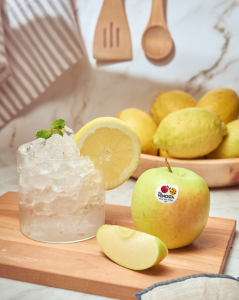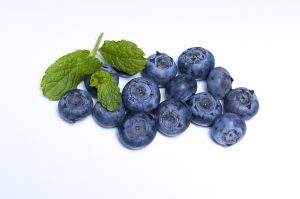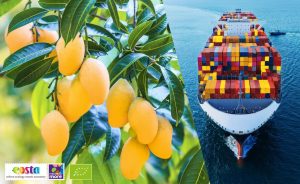The Region of Murcia experienced one of the most successful stone fruit campaigns of recent decades in 2025. Joaquín Gómez, director of APOEXPA, highlighted that “it’s been many years since we’ve had such a consistent season with such solid results.” Favourable market conditions, high fruit quality, and good weather were key to this outcome.
Gómez pointed to three decisive factors: first, the favourable weather across Europe since the end of April, which spurred steady consumption without the usual climate-induced dips. Second, early rains in the Region, which actually benefited the campaign by delivering significantly larger calibres than usual. “This wasn’t a year for small fruit, but one with large sizes and well-distributed calibres,” he explained. And third, the excellent product quality, well above average, even though no specific technical cause has been identified.
This success was further supported by strong prices throughout most of the season, partly due to the high value of other crops like watermelon and melon, which helped make stone fruit more competitive. Although volumes were tight and some crops, like apricots or late-season harvests in Jumilla, were affected by hailstorms, the overall balance was very positive. “We’re at similar levels to 2023, but with much higher quality,” Gómez noted.
Challenges remain
Despite the success of this campaign, the sector faces major structural challenges that could threaten its medium- and long-term sustainability. In a recent meeting that included representatives from FECOAM and UPA, key concerns were discussed, including generational renewal, labour shortages, varietal innovation, climate adaptation, and the need to boost product promotion.
The lack of young farmers remains a critical issue, even in a profitable year like this one. There’s also concern over access to new technologies, such as robotics or trellis-based cultivation systems, which could reduce dependency on manual labour but must be made accessible to family-run farms that form the backbone of Murcia’s agricultural fabric.
Climate change is already disrupting production schedules and reducing chill hours, which particularly affects traditional varieties like yellow peach. In this context, experts believe it is essential to protect 50–70% of cultivated areas with anti-hail netting over the next five years to mitigate risks and preserve market confidence. Of course, continued investment in R&D programmes is also needed to identify varieties better suited to current and future climate conditions.






















